SOURCE: IDRW.ORG.
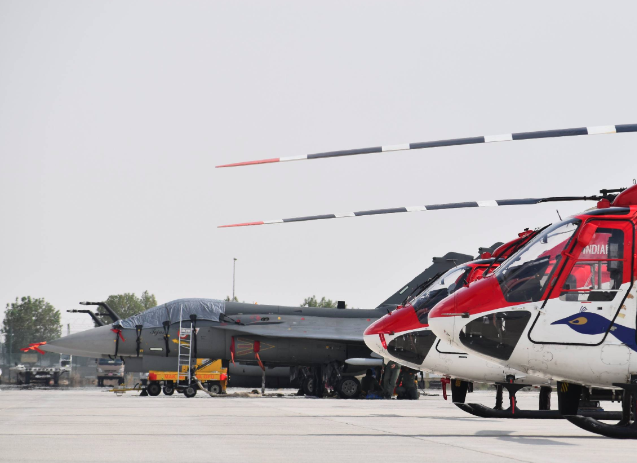
In a significant diplomatic move, the Philippines and India have embarked on a path towards enhanced defense cooperation. During a recent high-level meeting between Defense Secretary Gilberto Teodoro and Indian Minister of External Affairs Subrahmanyam Jaishankar, both nations expressed their commitment to deepening their defense relations.
One of the key agreements reached during the meeting was the establishment of a multi-level dialogue mechanism, aimed at facilitating regular communication and coordination between the defense establishments of the two countries. This mechanism is expected to serve as a platform for discussing a wide range of defense-related issues, including strategic cooperation, joint exercises, and defense procurement.
Continue readingSOURCE: AFI
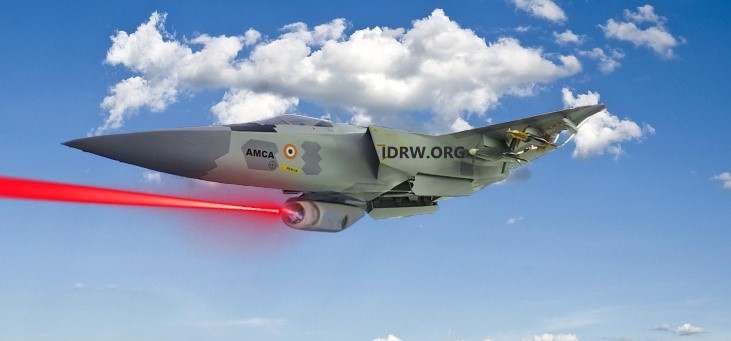
India’s ambitious Advanced Medium Combat Aircraft (AMCA) program faces a hurdle in attracting private sector participation due to concerns over risk sharing. Let’s delve into why private companies are hesitant and the challenges involved.
Private players base their investment decisions on a careful evaluation of potential returns and associated risks. Every risk needs a quantifiable measure and a clear mitigation plan. Unfortunately, the AMCA project presents a significant development risk that deters private sector involvement.
Continue readingSOURCE: AFI

India has taken a historic leap in its spacefaring journey with the successful launch and deployment of its first indigenously built sub-meter resolution optical satellite, TSAT-1A. This remarkable feat marks a significant milestone in India’s satellite development capabilities.
The TSAT-1A satellite is a testament to a successful collaboration between Tata Advanced Systems Limited (TASL) and Satellogic, a renowned expert in Earth observation satellites. The satellite was assembled at TASL’s AIT plant in Karnataka, leveraging Satellogic’s expertise in developing advanced Earth observation technology and TASL’s proficiency in complex system integration.
Continue readingSOURCE: AFI

The Indian Army has taken a significant step towards strengthening its air defense capabilities with the acquisition of the first batch of Igla-S Man Portable Air Defense Systems (MANPADS) from Russia.
This initial batch comprises 24 launchers and 100 missiles. It forms part of a larger contract signed with Russia in November 2023, encompassing a total of 120 launchers and 400 missiles. Notably, while India received the first installment from Russia, the remaining systems will be manufactured domestically through a Transfer of Technology (ToT) agreement. This signifies a positive move towards self-reliance in defense production.
Continue readingSOURCE: AFI

An Indian Air Force (IAF) Apache attack helicopter faces a challenging recovery process following an emergency landing in Ladakh’s snow-bound terrain at an altitude exceeding 12,000 feet. The cause of the emergency landing remains under investigation, with a Court of Inquiry established. However, reports indicate the pilots encountered “loss of power” before landing, resulting in damage to the helicopter.
The IAF is currently exploring two primary options to retrieve the Apache. The first approach involves attempting repairs at the landing site. If successful, the helicopter could potentially fly to the nearest airbase or a lower-altitude helipad for more comprehensive repairs.
Continue readingSOURCE: RAUNAK KUNDE / NEWS BEAT / IDRW.ORG

People familiar with the program told idrw.org that India is poised to take a significant leap in air defence capabilities with the upcoming inflight trials of the Astra Mk3 air-to-air missile, according to informed sources. These trials are expected to begin later this year or early next year.
The news comes on the heels of the Indian Ministry of Defence’s (MoD) year-end review in 2023, which highlighted the Defence Research and Development Organization’s (DRDO) impressive progress in air-to-air missile technology. While details remain classified, the review mentioned the successful testing of a cutting-edge air-to-air missile powered by a revolutionary “Solid Fuel Ducted Ramjet (SFDR)” propulsion system. This successful 2022 flight test of the SFDR booster paved the way for further advancements.
Continue readingSOURCE: RAUNAK KUNDE / NEWS BEAT / IDRW.ORG
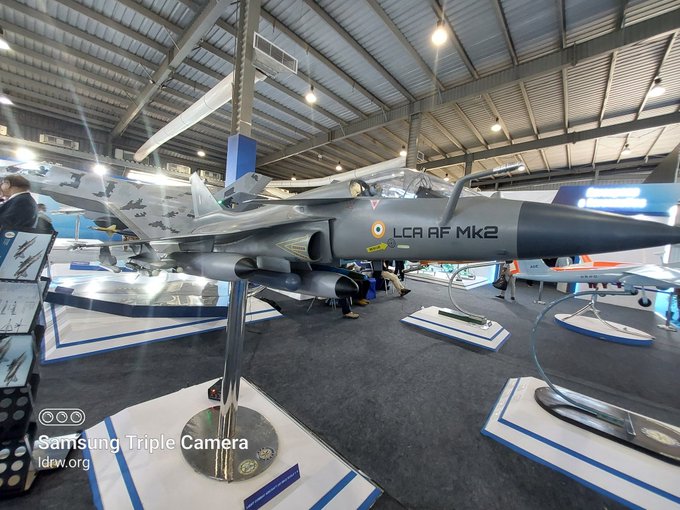
India’s state-owned Hindustan Aeronautics Limited (HAL) remains committed to developing its Software Defined Radio 1 (SDR-1) for the Tejas MkII fighter program. This comes despite the recent maiden flight of the upgraded Tejas Mk1A, which was equipped with the Israeli-made B-NET SDR radio.
The HAL-developed SDR-1 has officially entered the testing phase, signifying progress towards integration into the Tejas MkII. This domestically produced solution aims to provide advanced communication capabilities for the next-generation fighter.
Continue readingSOURCE: RAUNAK KUNDE / NEWS BEAT / IDRW.ORG
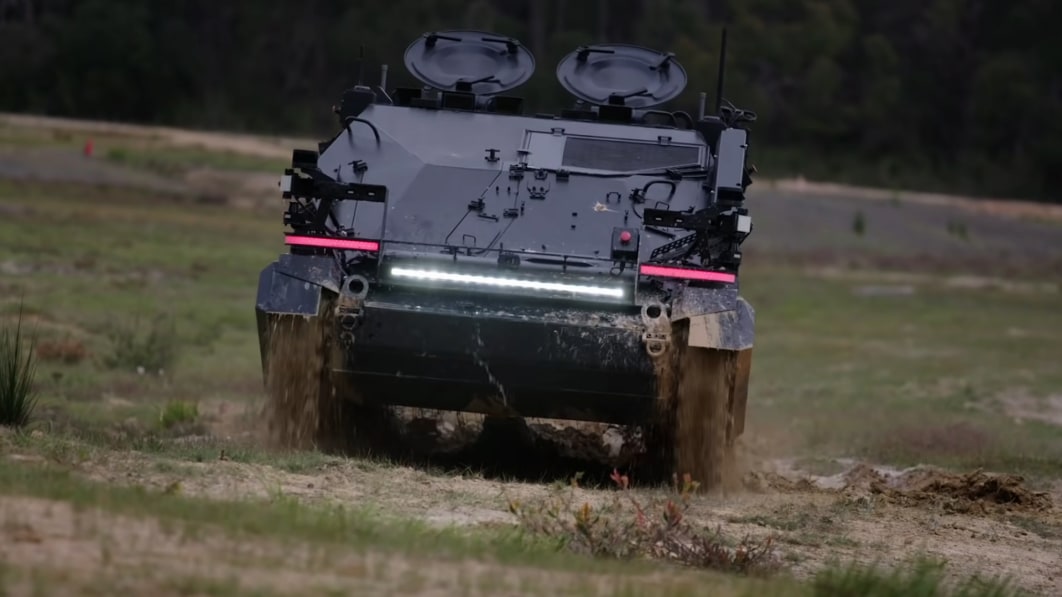
Japan’s Acquisition, Technology & Logistics Agency (ATLA), the procurement arm of the Ministry of Defense, and India’s Defence Research and Development Organisation (DRDO) have successfully concluded a joint research project. This collaboration focused on Visual SLAM-based GNSS Augmentation for Unmanned Ground Vehicles (UGVs) and Robotics.
The project, titled “Project Arrangement Concerning the Visual SLAM-based GNSS Augmentation for UGV/Robotics between Japan and India,” aimed to develop a cutting-edge navigation system for autonomous military vehicles. The collaboration involved ATLA’s Future Capabilities Development Center and DRDO’s Centre for Artificial Intelligence and Robotics (CAIR).
Continue readingSOURCE: AFI

A Pakistani think tank has cast doubt on the Indian explanation for the accidental launch of a BrahMos missile in March 2022. The Islamabad-based institute released a study titled “Accidental, Inadvertent or Deliberate Launch: The Case of Indian Air Force’s Launch of a Nuclear-Capable Cruise Missile.”
The study, authored by Dr. Atia Ali Kazmi, argues against the Indian Air Force’s (IAF) claim of an accidental launch. Dr. Kazmi utilizes open-source information to examine the missile’s safety protocols, components, and the events surrounding the incident.
Continue readingSOURCE: AFI

Last month, reports based on unclear images suggested Kalyani Strategic Systems Limited (KSSL) might have equipped their 155mm/39 calibre Mountain Artillery Gun howitzer-BR with an Automatic Loading System (ALS). However, idrw.org like to clarify that the newer images reveal it’s simply additional cladding for the gun barrel.
Armenia has placed the first export order for this variant, with a confirmed quantity of 72 units. Recent footage from the factory floor shows a dozen or more guns ready for shipment, signifying the initial stages of fulfilling this substantial order.
Continue readingSOURCE: AFI

Amid heightened tensions between India and Pakistan, recent reports from British media outlet The Guardian have stirred controversy and raised concerns about escalating conflict in the region. According to the report, India allegedly conducted strikes inside Pakistan targeting terror groups based there, which Pakistan often uses to target India in the Kashmir region.
The revelation has sent shockwaves through Pakistan, with its media outlets calling on the Pakistani military to respond in kind. Pakistan has long been accused by India of harboring and supporting anti-India terror groups, providing them with safe havens from which to launch attacks in Indian-administered Kashmir.
Continue readingSOURCE: AFI

On the heels of its 45th anniversary and in the lead-up to the Lok Sabha elections, the outlawed militant group Ulfa (I) has expressed a willingness to engage in peace talks with the Indian government.
In a video message, Ulfa (I) chairman Paresh Baruah stated that the outfit is “not averse to meaningful talks with India,” suggesting a possible shift in the group’s stance. This comes just before the crucial Lok Sabha elections, where the issue of Assam’s insurgency is likely to be a major talking point.
Continue readingSOURCE: IDRW.ORG TEAM.
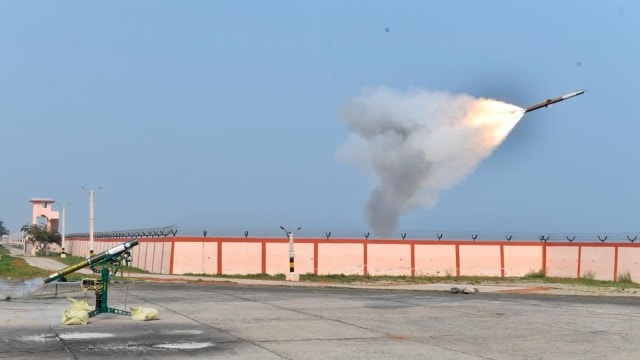
India’s Defense Research and Development Organisation (DRDO) is seeking industry collaboration to develop a crucial component for its next-generation air defense system, the Very Short Range Air Defense System (VSHORADS).
VSHORADS, indigenously designed and developed by DRDO’s Research Centre Imarat (RCI) in collaboration with other DRDO labs and industry partners, is a man-portable missile system for neutralizing low-altitude aerial threats.
Continue readingSOURCE: IDRW.ORG TEAM.

Dg Propulsion Private Limited (DPPL) has achieved a major breakthrough with the grant of their third patent, titled “A Hybrid System Comprising Integrated Micro-Gas Turbine and Fuel Cell.” This innovative technology represents a significant leap forward in power generation efficiency and environmental sustainability.
DPPL’s hybrid system merges two powerful technologies: micro-gas turbines and fuel cells. Micro-gas turbines, acting as miniature power plants, utilize fuel combustion to generate electricity. Fuel cells, similar to batteries, create electricity through a chemical reaction. By combining these technologies, DPPL’s system achieves exceptional efficiency in power generation.
Continue readingSOURCE: AFI
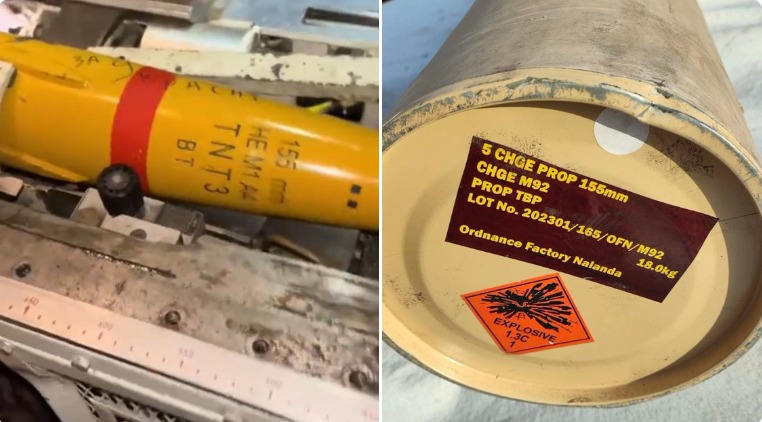
Slovenia has rejected claims that it purchased 155mm artillery shells from India and then forwarded them to Ukraine. In a statement released last month, the country called the reports “fake news” and said they were an attempt to undermine Slovenia’s reputation on the world stage.
Slovenian officials vehemently denied the allegations, stating that the country had not made any such purchases from Munitions India Limited (MIL), an Indian defense contractor. They further emphasized that Slovenia had not been involved in the transfer or resale of munitions to any other country.
Continue reading